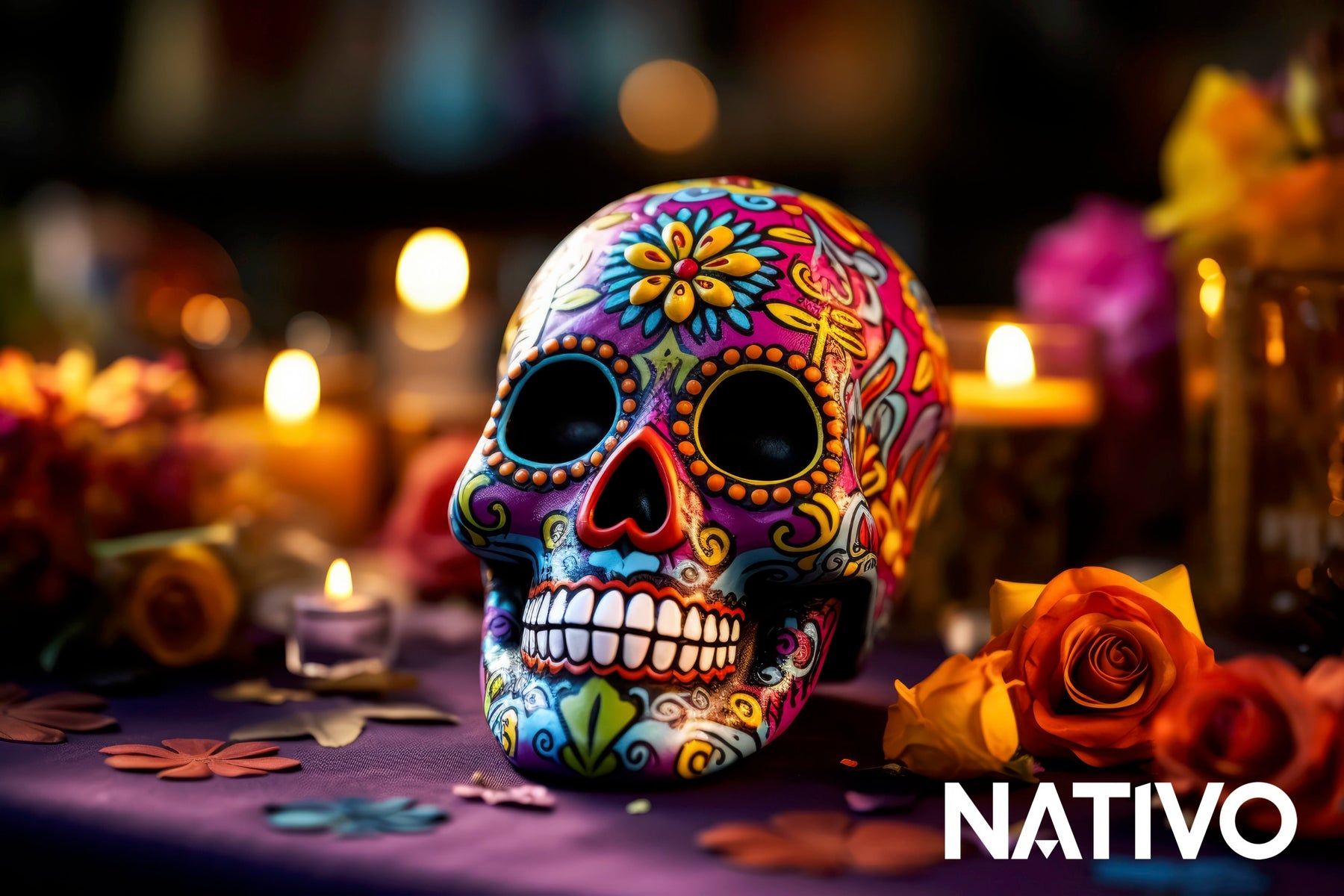
Dia de Muertos in Mexico: A Celebration of Life and Legacy
Dia de Muertos, or Day of the Dead, is a vibrant and culturally significant holiday celebrated in Mexico. This annual event, marked by colorful altars, marigold-adorned ofrendas, and intricately designed sugar skulls, has captivated the hearts of both locals and international travelers. In this comprehensive guide, we delve into the rich tapestry of Dia de Muertos in Mexico, exploring its origins, traditions, and the profound symbolism that makes it a remarkable celebration of life and legacy.
The Origins of Dia de Muertos
Dia de Muertos has deep-rooted origins in pre-Columbian Mexico. The holiday can be traced back to the indigenous cultures of the Aztecs, Mayans, and other Mesoamerican civilizations. These ancient peoples believed that death was not the end but rather a natural part of the human journey. They regarded deceased loved ones as revered ancestors, and their souls were believed to return to the world of the living during Dia de Muertos.
Honoring Ancestors with Ofrendas
One of the most integral aspects of Dia de Muertos is the creation of ofrendas, or altars, dedicated to deceased family members and friends. These ofrendas are adorned with a plethora of items, each carrying its own significance. Marigold flowers, known as "cempasúchil" in Mexico, are meticulously arranged on the altars. These bright orange blooms are believed to guide the souls of the departed back to the world of the living with their vibrant colors and fragrant aroma.
Candles and incense are also common additions to ofrendas, as their flames and scents are thought to help guide the spirits. Additionally, personal items of the deceased, such as photographs, favorite foods, and mementos, are placed on the altar to honor their memory.
The Symbolism of Sugar Skulls
Sugar skulls, or "calaveras de azúcar," are another iconic element of Dia de Muertos. These intricately decorated, edible skulls serve as both offerings to the deceased and vibrant works of art. They are often inscribed with the names of loved ones and are intended to sweeten the journey of the souls returning from the afterlife.
Traditional Food and Beverages
Dia de Muertos is a culinary delight as well. Families come together to prepare traditional dishes that hold special significance. Pan de Muerto, a sweet, round bread adorned with bone-shaped decorations, is a staple during this holiday. This delicious bread is often enjoyed with hot chocolate, a comforting and warm beverage.
Tamales, mole, and atole are other favorites that grace the tables during this time. These dishes are lovingly prepared, and their aromas fill the air, creating a sense of warmth and togetherness among families and communities.
The Connection to Halloween
Many people draw parallels between Dia de Muertos and Halloween due to their proximity on the calendar. While both holidays involve themes of the supernatural and the deceased, they are distinct in their traditions and origins.
Halloween is known for costumes and the idea of warding off evil spirits, whereas Dia de Muertos is a celebration of the lives of the departed, a time for families to come together in remembrance and reverence.
Celebrating Dia de Muertos Today
Today, Dia de Muertos is celebrated across Mexico and has even gained recognition worldwide. The holiday's essence has transcended borders, captivating the hearts of people from all walks of life. In recent years, Dia de Muertos has become a symbol of Mexican culture and a powerful expression of unity and remembrance.
Joining the Celebrations
Travelers from around the world now have the opportunity to partake in the Dia de Muertos festivities. Cities such as Mexico City, Oaxaca, and Pátzcuaro are renowned for their elaborate celebrations. From parades and processions to art exhibitions and music performances, there's something for everyone to enjoy during this vibrant holiday.
Honoring Loved Ones
For Mexicans, Dia de Muertos is a deeply personal experience. It is a time to remember and honor those who have passed away, ensuring that their memory lives on. Families gather at cemeteries to clean and decorate the graves of their loved ones, often spending the night in their company. It's a touching display of devotion and love.
In Conclusion
Dia de Muertos in Mexico is a celebration like no other. It's a tapestry of traditions, colors, and emotions that pay homage to the cycle of life and death. From its ancient origins to its modern-day revival, this holiday continues to evolve, captivating the hearts of all who embrace its beauty and meaning. It's a testament to the enduring connection between the living and the departed, reminding us that our loved ones live on in our hearts and memories.
